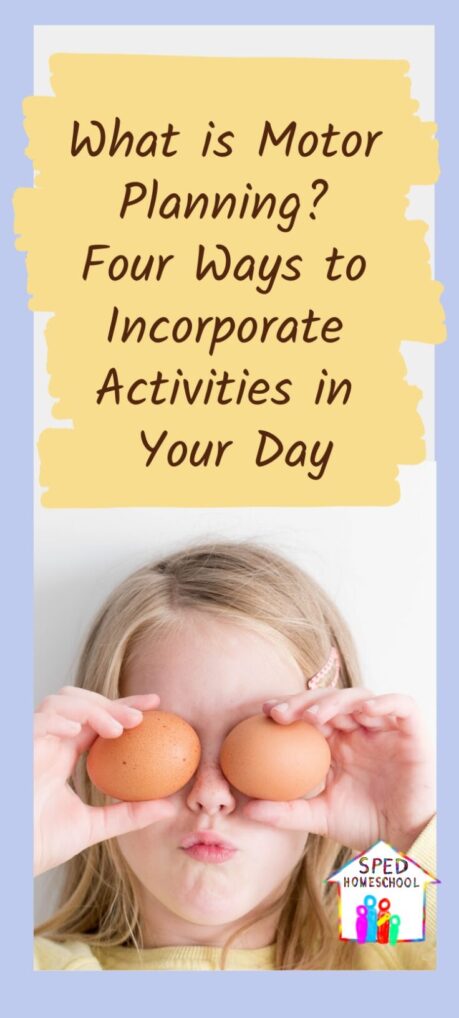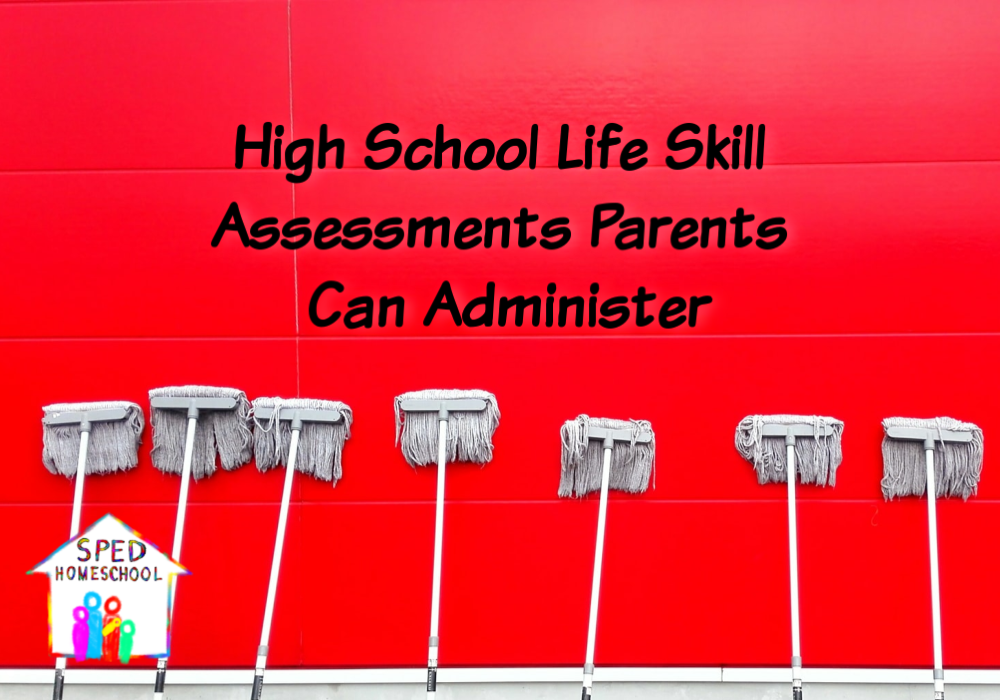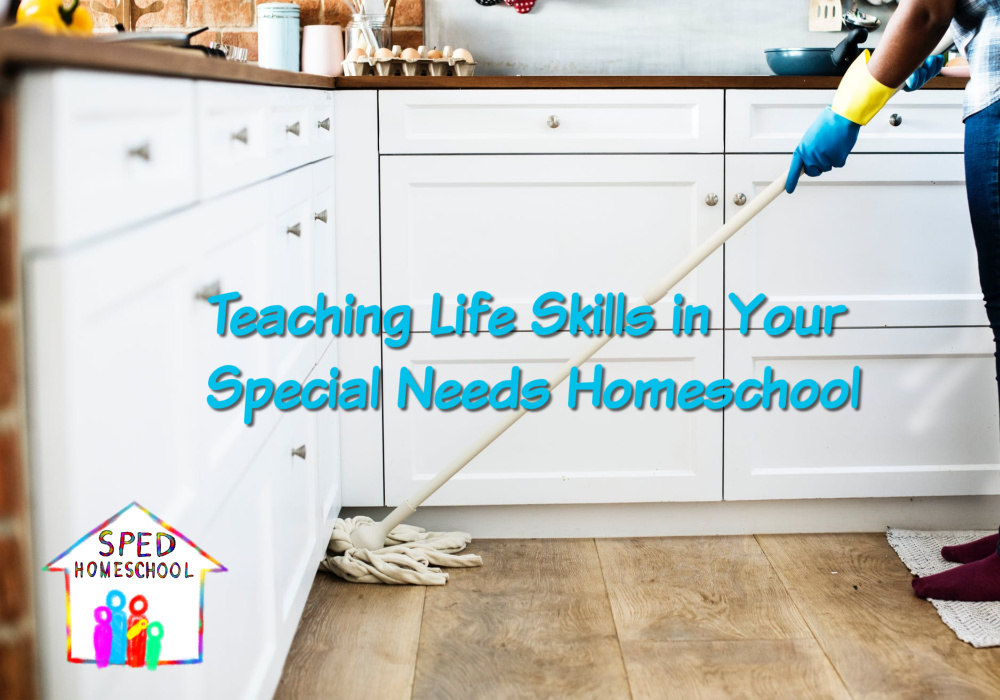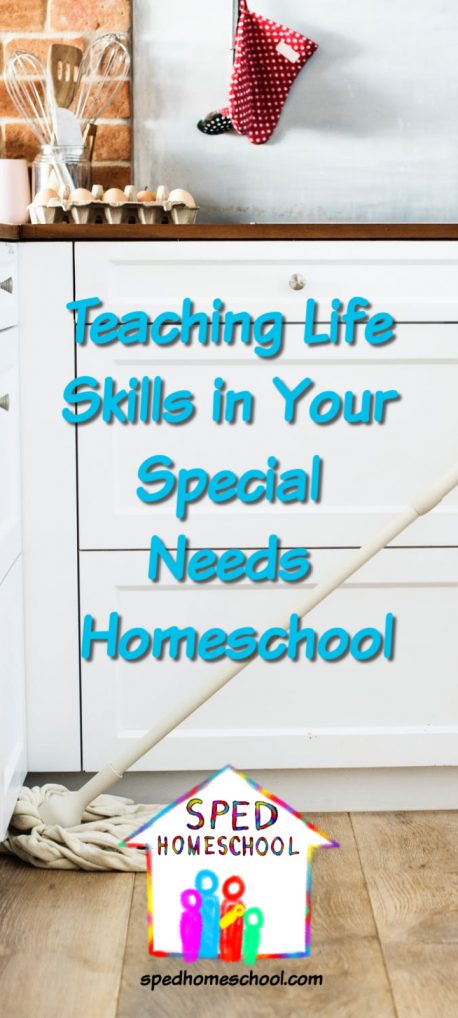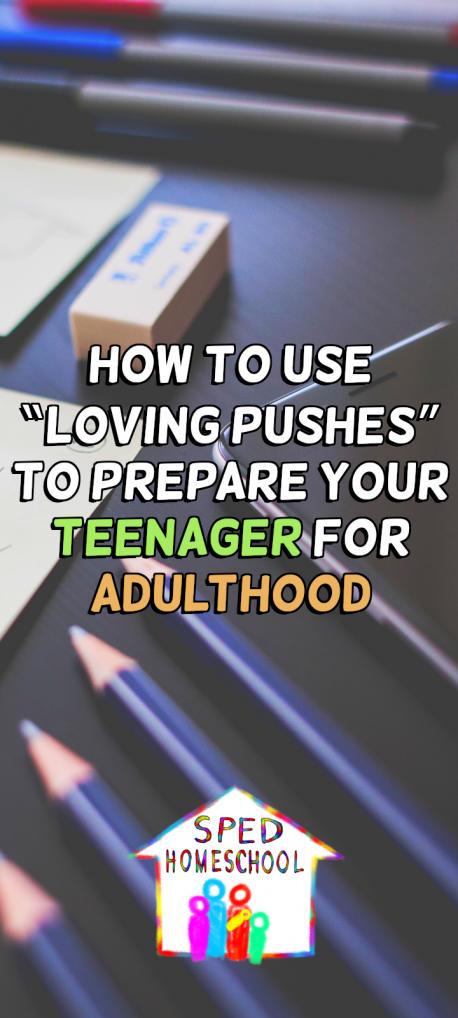
by Vicki Tillman, SPED Homeschool Partner 7 Sisters Homeschool
Confident teens are often teens that have had character development as part of their homeschool high school experience. One of the most confidence-enhancing, character-development subjects is training teens to be ladies and gentlemen.
Teens who can walk into numerous social, business, church, or family settings and conduct themselves well are empowered to do good and feel good. Here are five kinds of character development for training teens to be ladies and gentlemen:
Social graces. High school is a great time to review basic manners for teens to look and feel good about themselves.
- Saying *Please* *Thank you*
- Holding doors open for others, or walking through a held door and saying *thank you*
- Not pushing ahead of others in lines or going down halls/aisles
- Allowing elderly or little ones to go first
- Using technology politely when in a group
- Meeting new people
Self-composure. Teens feel better about themselves when they can keep their cool, especially in public. (It is the fruit of the spirit, too.) Teens need to be skilled at the 3W’s of composure:
- What am I feeling?
- Why am I feeling that way?
- What am I going to do about it?
Assertiveness. Colossians 4:6 instructs our teens to let their speech be with grace, seasoned with salt, that they may know how to answer every person. Teens feel more confident when they know when to be quiet and when to assert or stand up for themselves. Just like the best role model, Jesus- sometimes he held his peace, sometimes he called Pharisees *white-washed sepulchers*. Check out The Homeschool Highschool Podcast on Christ-like Character for ideas on assertiveness.
Look out for those who are weaker. One of the loveliest things I’ve seen in our local homeschooling community is the kind and inclusive treatment of young people with differences or disabilities. I remember a letter one young woman on the autism spectrum wrote to our homeschool group classes thanking the umbrella school for the feelings of acceptance she received. Our local kids are naturally kind, but they were also coached on accepting and supporting, never mocking, other students.
Prayer. Prayerful teens (and adults) are usually more in touch with Christ and Christ-like behavior. For teens who are tired of the prayers of their childhood, it might be good to let them discover some interactive ways to pray using 7Sisters prayer journals.
These are good years to invest in your teens’ confidence by investing in character development by training them to be ladies and gentlemen.







